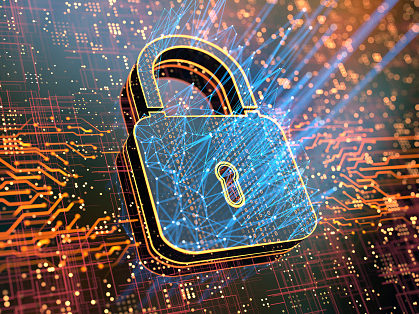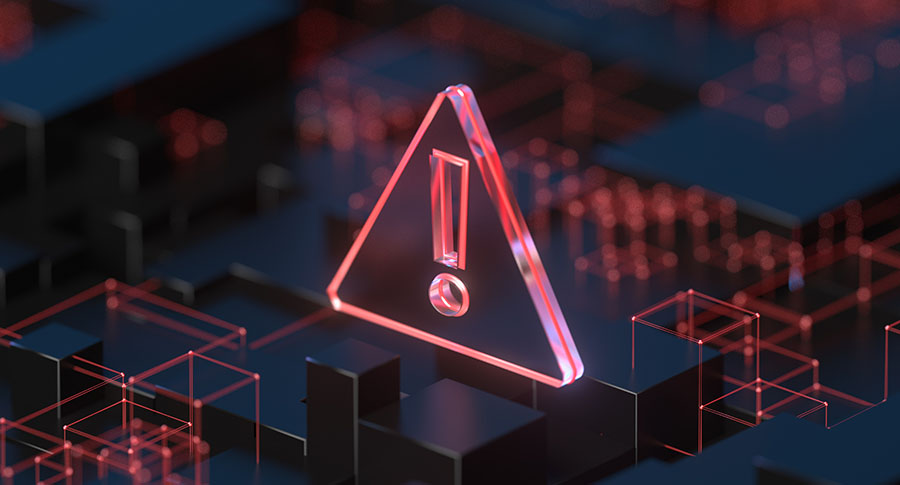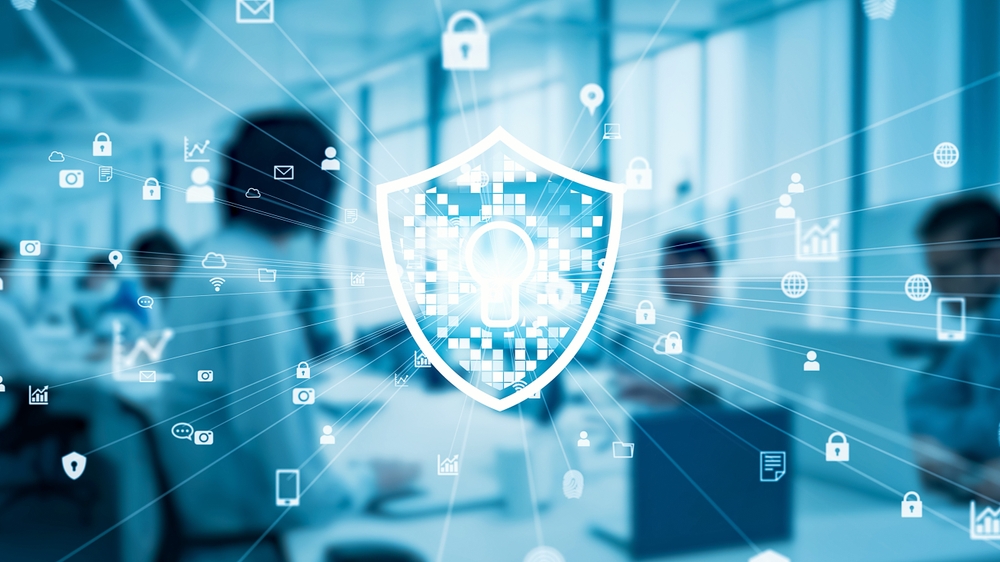In 2021, the rift between “online” and “real life” hardly exists.
This article will cover Cybersecurity 101, and walk you through some of the most important cybersecurity tips for businesses and individuals.
With over half of the world’s population on the internet, internet concerns should be a top priority. Problems that were once faced on the internet can very easily become problems that they are facing in real life.
Following this rule, you should care about cybersecurity just as much as every other type of security. When you understand the importance of cybersecurity, you can protect yourself and your company from attacks.

Malware
Most of the problems you’ll deal with in the world of cybersecurity relate back to malware. Malware refers to software that’s designed to damage your computer or steal your information (malicious software). The key thing to take away here is that you’re not always being infiltrated by a personal hacker, most of the time, it’s software designed by hackers to do the work for them.
Malware comes in several different types. It almost always disguises itself as something else, however. Remember that malware cannot get onto your computer unless you let it on.
Do not click on any links that you find suspicious. Cybercriminals will often send out emails claiming to be legitimate businesses and include malware in the links inside of the emails. When you click on these links, you invite the malware into your computer.
This process is known as phishing, and while it might seem simple, it is surprisingly effective. Let’s take a look at some of the most important types of malware.
Ransomware
Ransomware is a type of malware that encrypts your data, and won’t let you access it unless you pay the cybercriminals a ransom. There’s very little you can do to get around this since once files are encrypted, it’s very difficult to get them back on your own.
A particularly malicious form of ransomware is one called “jigsaw” which deletes your files one by one, hour by hour. If you don’t pay by the twenty-four-hour mark, it will delete all of your data.
Another form of ransomware is a locker. Lockers, rather than encrypting your files, simply lock you out of your own computer. If you want to get your access back, you have to pay.
Make sure that you take preventative measures so that you don’t wind up the victim of a ransomware attack.
Scareware
One of the most disturbing types of cybersecurity attacks you can suffer is a Scareware attack. Scareware isn’t quite as technologically advanced, instead, it plays on the human emotions of anxiety and fear.
Scareware systems, ironically enough, usually disguise themselves as the police or even cybersecurity programs. They use their fake authority to claim that you have a problem you need to fix, using language that will shock and scare you into paying the cybercriminals.
One that disguises itself as a cybersecurity program will claim that your device is littered with viruses when it really isn’t. They’ll claim that they can fix your viruses for a price, and then make off with your cash.
One that disguises as the police might claim they’ve found evidence of suspicious activity on your profile, and need you to pay some sort of fine.
Hacking
Good old-fashioned hacking usually comes in terms of stealing your personal password. There are several ways that hackers can do this and several ways in which hacking has become easier for cybercriminals.
Hackers aren’t strangers to getting their hands dirty. Cybercriminals have been known to dig through the trash to find valuable pieces of information — such as passwords written down on pieces of paper — that they can use. It might seem unlikely, but just recently a cybersecurity lawsuit blamed a trash company.
To prevent this type of attack, never write down any of your passwords.
Hackers might also make use of brute-force attacks. These attacks are old-school, but they work wonders. They make use of software that runs through all of the most common passwords to try to crack a certain system.
This might seem ineffective, but you can easily find lists of the most popular passwords online. If you use any of these passwords, it’s best to change these. All a criminal needs to do is guess to break in.
Technological Advancements
Advancements in technology in the past 10 years have made it easier than ever for hackers to steal data.
While the cloud might make conducting business easy by linking up every member of your company, it also sets you up to be knocked down like a row of dominos by cybercriminals. If one falls — the rest will fall as well.
AI has also provided a playground for hackers. Who knows what sort of intelligence they will develop to discover people’s passwords?
What You Can Do
Your best option is to try to prevent cybersecurity attacks as much as you can. The key way to do this is to care about how your data and information is distributed.
Keep secure information on certain secure accounts that very few people have the password to. Do not link these accounts up with the cloud.
Everyone is linked these days, but for the most part, criminals still need a way in. Teach your company about malware, and why they should never click on suspicious links. Teach every member about good password protection practices as well.
Hire the services of a cybersecurity company, to make sure you get all of the support you need and stay updated on the most recent threats.
Understand Cybersecurity 101
Now that you have been taken through this Cybersecurity 101, you have a basic understanding of common cybersecurity risks. Prevention is the best (and in some cases, only) cure.
For more information, contact us today about a security risk assessment for your business.
(210) 477-7900
HOW WE CAN HELP
In order to keep your business safe online, there are some things you need to know and do.
Visit us here to see the full range of Cyber Security and Compliance Solutions Bridgehead IT offers.


